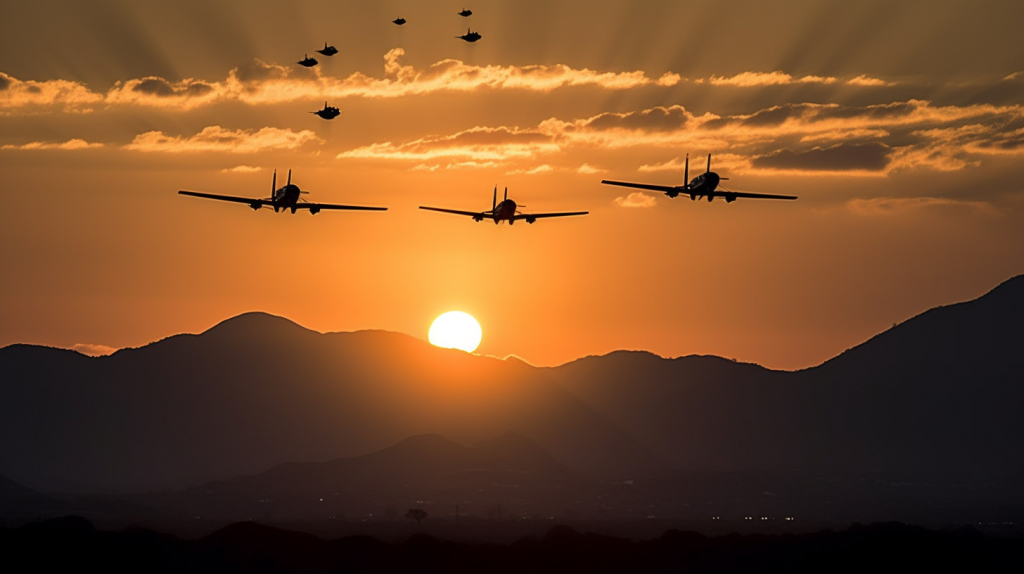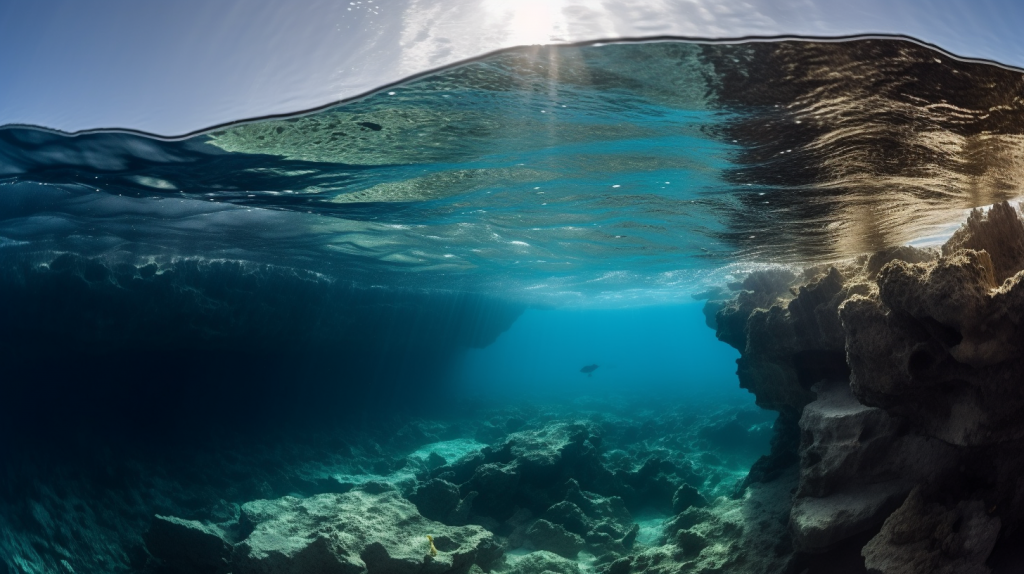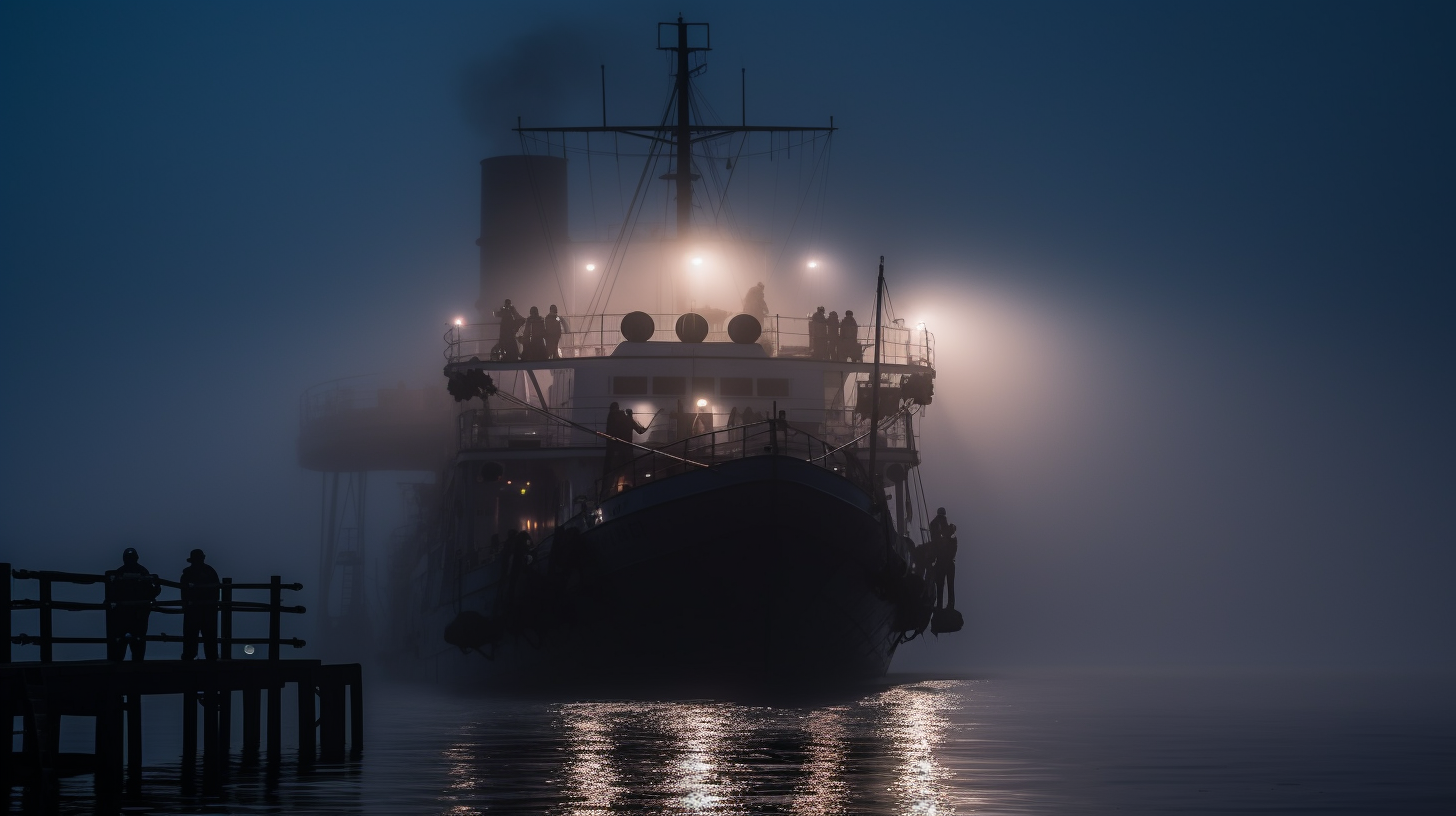The Bermuda Triangle, a region that has captivated the world’s imagination for decades, is renowned for its infamous reputation as a site of numerous unexplained disappearances of ships and aircraft. The Triangle, located in the western part of the North Atlantic Ocean, is bounded by Miami, Bermuda, and Puerto Rico, covering approximately 500,000 square miles. This article takes a comprehensive look at the Bermuda Triangle, its history, famous incidents, scientific explanations, and recent findings.
Unveiling the Triangle: The Making of a Modern Myth
The Bermuda Triangle entered public consciousness primarily due to the efforts of journalists and authors who were intrigued by the number of inexplicable disappearances in the region. The term “Bermuda Triangle” was first used by writer Vincent Gaddis in 1964 in an article for the pulp magazine Argosy. Gaddis compiled reports of anomalous incidents in the region, suggesting that these constituted evidence of the supernatural.
However, reports of unexplained disappearances in the region predate Gaddis’s coinage of the term. One of the earliest and most famous incidents in the Bermuda Triangle occurred in 1918 with the disappearance of the USS Cyclops, a US Navy vessel with over 300 people onboard. The Cyclops was last reported in the Caribbean and was heading towards Baltimore but was never seen again. Despite extensive searches, no wreckage or trace of the ship and its crew has ever been found. This incident, among others, played a significant part in establishing the Bermuda Triangle’s reputation as a zone of mystery.
Infamous Incidents: From the Cyclops to Flight 19
Perhaps the most notorious incident related to the Bermuda Triangle is the disappearance of Flight 19. On December 5, 1945, five TBM Avenger torpedo bombers, collectively known as Flight 19, vanished during a routine training mission off the coast of Florida. Under the leadership of experienced flight instructor Lt. Charles Taylor, the 14 crew members aboard the five planes were to practice bomb runs and navigation exercises. However, during the mission, Taylor reported malfunctioning compasses and expressed confusion about their location. Despite efforts to guide the flight back to base, all contact was lost, and the planes were never seen again.

In an even stranger turn of events, a PBM Martin Mariner flying boat dispatched to search for Flight 19 also disappeared without a trace. This series of vanishings further solidified the Bermuda Triangle’s reputation for inexplicable disappearances and fed growing public fascination with the area.
Other significant incidents include the disappearance of the SS Marine Sulphur Queen, a carrier transporting molten sulphur, in 1963, and the loss of a DC-3 aircraft carrying 27 passengers in 1948. While these incidents are tragic, it’s important to note that the Bermuda Triangle sees heavy maritime and air traffic, and the rate of accidents and disappearances is not significantly higher than other similarly trafficked areas worldwide.
Attempted Explanations: Science and the Supernatural
Given the mythos surrounding the Bermuda Triangle, it’s no surprise that a myriad of theories – both scientific and outlandish – have been proposed to explain the phenomena occurring within its boundaries. Some theories invoke the supernatural, suggesting that extraterrestrials are at work, or that the lost city of Atlantis, with its purportedly advanced technologies, lies beneath these waters. Others propose more fringe science concepts such as the presence of vortexes that warp space-time.
However, serious scientific investigations have focused on more conventional explanations. Meteorological, oceanographic, and human factors have all been examined. Rogue waves, methane hydrates, and magnetic anomalies have been suggested as possible culprits behind the disappearances.
Rogue Waves and Methane Hydrates: Nature’s Hidden Threats?
Rogue Waves
Rogue waves are unusually large and spontaneous ocean surface waves that can be extremely dangerous, even to large ships and ocean liners. These unpredictable waves were once thought to be maritime myths but have now been proven as real oceanic phenomena. Could these unexpected, monstrous waves be sinking vessels in the Bermuda Triangle?
According to oceanographers, the Bermuda Triangle area is susceptible to the formation of rogue waves. The Gulf Stream’s strong currents interacting with weather patterns from the Atlantic can create the perfect conditions for these giant waves. A sudden rogue wave could easily overpower a vessel, leaving virtually no trace of wreckage.
Methane Hydrates
Another natural explanation that has been put forward revolves around the presence of vast quantities of methane hydrates on the ocean floor, particularly in the Bermuda Triangle area. Methane hydrates are a type of clathrate, a chemical substance where molecules of one material (methane, in this case) are trapped within the lattice structure of another material (water ice).
If a large enough quantity of these methane hydrates were to destabilize and release gas, it could theoretically decrease the water density, causing ships to sink abruptly. Furthermore, if the gas bubbles reached the surface and were ignited by an engine spark, it could potentially explain reports of “flaming water.” However, while intriguing, no direct evidence links methane hydrate releases to the Triangle’s mysteries.
The Role of Human Error and Technological Malfunctions
Despite the allure of mysterious explanations, many investigations have indicated that a significant proportion of the Bermuda Triangle incidents can be attributed to human error and technological malfunctions. Navigational errors, equipment failure, inexperienced pilots or seamen, and even deliberate acts of destruction have all been cited in various disappearances.
The Flight 19 incident, for instance, has been reexamined with this perspective. Some evidence suggests that Lt. Taylor might have been disoriented during the flight, possibly confusing the Bahamas for the Florida Keys, leading the flight further out to sea. When fuel ran low, the planes could have crashed into the ocean and quickly sunk.
The Bermuda Triangle in Today’s Perspective
The Bermuda Triangle continues to evoke curiosity and speculation. However, the cold, hard statistics reveal a different perspective. According to the World Wide Fund for Nature, the Bermuda Triangle doesn’t even make it into the top ten most dangerous waters for shipping. The US Coast Guard also maintains that the number of incidents in the Bermuda Triangle is not disproportionately high compared to other oceanic regions.
This perspective aligns with the more recent findings and articles that suggest the Bermuda Triangle mystery might be less about unexplainable phenomena and more about human fascination with the unexplained. Today’s advanced technology in tracking and navigation has further reduced the likelihood of Bermuda Triangle disappearances, taking a bit of wind out of the mystery’s sails.
Yet, the Bermuda Triangle remains a cultural touchstone, an icon of the unexplained. Its mystique continues to inspire books, films, and television series, feeding the human fascination with the unknown.
Fresh Perspectives and New Research
Satellite Technology and Advanced Navigation
The Bermuda Triangle, once a terrifying symbol of the unknown and unknowable, seems to have lost a bit of its luster in recent years. With advances in technology, many of the mysteries surrounding the area have been solved or, at least, substantially demystified.
The advent of GPS (Global Positioning System) and modern satellite technology has dramatically reduced the number of incidents in the Bermuda Triangle. Ship captains and airplane pilots now have accurate real-time location data at their fingertips, making it much less likely that they’ll wander off course and into danger. Advanced weather forecasting techniques also help travelers avoid the worst conditions the Triangle can muster.
Furthermore, the development of sturdy, modern vessels and aircraft designed to withstand severe weather conditions has contributed to fewer disappearances. Even when accidents do occur, modern search and rescue capabilities have improved survival rates dramatically.
The “Hexagonal Cloud” Theory
A 2016 report by the Science Channel proposed a new theory for the strange occurrences in the Bermuda Triangle. Meteorologists featured in the report pointed to a series of hexagonal clouds that can act as “air bombs,” with winds reaching up to 170 mph – a hurricane-like force easily capable of downing planes and sinking ships.
These cloud formations, reaching 20 to 50 miles across, could, according to the theory, generate massive waves and extremely high winds, resulting in dangerous conditions for vessels and aircraft. However, the hexagonal cloud theory has been met with significant skepticism from other meteorologists and remains a controversial explanation.
Exploring the Depths: Underwater Expeditions
Recent underwater explorations have also shed light on the Bermuda Triangle. High-tech sonar mapping and submersible technology have allowed researchers to explore the seafloor within the Triangle, revealing previously unseen geographical features.
For instance, the discovery of the underwater “Bimini Road” – a formation of stones that some believe is a man-made structure – added more fuel to speculative theories about the Bermuda Triangle. Yet, geological analysis suggests this feature is likely a natural occurrence, a result of slow geological processes rather than ancient civilizations or extraterrestrial architects.

Concluding the Journey: A Sea of Speculation
Despite the explanations provided by science and advancements in technology, speculation about the Bermuda Triangle persists. The sheer number of unexplained disappearances and accidents over the years has woven a tale that continues to captivate imaginations around the globe.
While the Triangle has claimed fewer victims in recent years, thanks to improved navigation and shipbuilding techniques, it remains a place of mystery and conjecture. For many, the Bermuda Triangle serves as a poignant reminder of the unknown and unexplained that still exists in our world – a symbol of human curiosity and the quest for understanding.
Even with the myriad of rational explanations for the Triangle’s incidents, the allure of the unexplained remains irresistible. The Bermuda Triangle, as a concept, as a symbol, continues to thrive in this balance between the known and the unknown, forever reminding us of the sea’s enduring mystery.
Despite its reputation, the Bermuda Triangle is far from a ‘no-go’ zone. Ships and planes traverse its waters and airspace every day without incident. For these travelers, the Bermuda Triangle is less a supernatural terror and more a testament to human progress and our quest to understand the world around us.
But for those who love a good mystery, the Bermuda Triangle will always be a source of fascination and speculation, a testament to the unknown that still exists out there, somewhere, waiting to be discovered.




